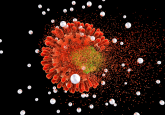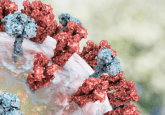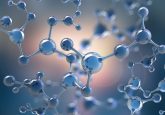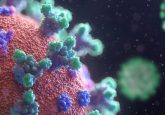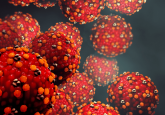A new test to detect viral DNA in COVID-19 patients
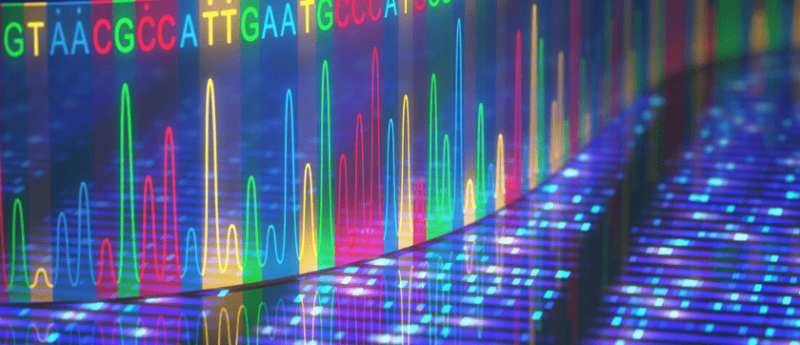
It has been established that testing kits for COVID-19 for people all over the world are going to be key in curbing the pandemic and ensuring there is no second peak of cases once isolation strategies are relaxed. Different tactics for these tests have been investigated, including antibody tests, PCR, and CT scans.
Now, researchers from The University of Zurich (Switzerland) and the Institute of Environmental Engineering (Zurich, Switzerland) have been working on the development of a more accurate diagnostic technique using a dual-function plasmonic biosensor.
Currently, testing using PCR is providing the most accurate avenue of diagnosis, however, it still has many drawbacks, including the potential for false-positive and -negative results as well as it being a time-consuming method, with large and expensive equipment that is not readily available in many countries. CT scanning for diagnosis of COVID-19 is also time-consuming and does not give real-time results. Therefore, there is a need for a faster, more accurate and more accessible testing system.
Sign up to The Nanomed Zone for free
The research team developed their plasmonic sensing system by using a template of a localized surface plasmon resonance sensing technique combined with the plasmonic photothermal effect, which can detect interactions between molecules on the surface of an engineered metallic nanostructure – a gold nanoisland. Specialized DNA receptors were integrated into the surface of the multidimensional gold nanoislands that have the ability to detect sequences from SARS-CoV-2 through nucleic acid hybridization. To increase their performance efficiency, the gold nanoislands are exposed to a specific frequency of plasmonic resonance in the form of a laser, generating thermoplasmonic heat. This heat enables the differentiation between two similar genes – one for SARS-CoV-2 (the novel coronavirus) and one for SARS-CoV-1 – to a greater degree of accuracy and so reduce the number of false-positive test results. The test works in a matter of minutes and only a small amount of viral RNA is needed.
The technique still needs to be fully tested in human RNA samples from patients with COVID-19, but if these prove as successful as in initial testing phases, this could mean greater global availability of tests and this would help in stopping the spread of the outbreak.
For more free COVID-19 related content please visit our dedicated COVID-19 Hub on Infectious Diseases Hub here.
For more related news from The Nanomed Zone be sure to sign up here.
